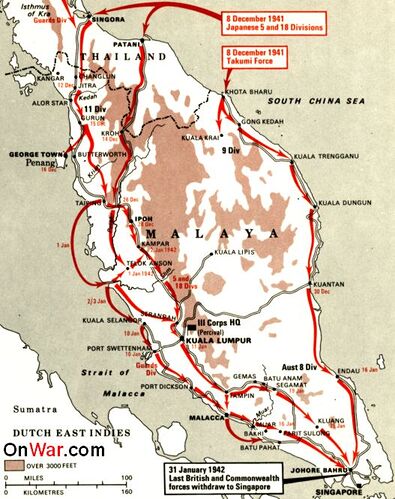I was keeping this for the Malaya/Vietnam thread, as and when I am able to commit the time. However, although some of it is irrelavent to this thread, some of it, probably, is relavent. It doesn’t negate the argument of air support at landing beaches, but it does dilute the argument for air support making a difference later in the campaign.
On average fewer than 70 aircraft offered the punch, despite a peak of even squadrons in 1950, two-thirds of which were Spitfires, Tempests, Meteors, Vampires, Venoms, and Sabres. All others were Short Sunderland flying boats, Avro Lincoln medium bombers, and light bombers such as Beaufighters, Hornets, Brigands, and Canberras. Both Tempests and Hornets were suited to these operations, with good firepower and loiter times and relative resistance to bad weather. Later jet aircraft—fighters and bombers—were less useful.
Speed was a liability. Electronics and engines were more susceptible to climate-induced difficulties, and their range and loiter time at low altitude
were insufficient. Finally, the stress on pilots required special measures such as cockpit air conditioning and limiting sorties to one per day. The best aircraft for offensive air support throughout the Emergency was the Avro Lincoln medium bomber, an updated version of the venerable Lancaster of World War II fame. They were flown by rotating RAF squadrons and Number 1
(Bomber) Squadron, Royal Australian Air Force (RAAF). In addition to cost-effectiveness, Lincolns could deliver much heavier bomb loads than
lighter aircraft, and their slow speed and endurance of up to eleven hours when fully loaded made them excellent platforms for strafing attacks.
Offensive air support was not a major factor. It was only useful against an enemy whose position was known and that intended to hold its ground. The communists preferred mobility and stealth. In Malaya, CT positions often had to be checked by ground troops, normally resulting in ground combat or enemy withdrawal. Close air support also required aircraft with extremely short response times, which was not practicable because of the few suitable airfields and limited aircraft loiter times. Ground to air communication
was also poor because of jungle canopies. In addition, army radios were too heavy and took too long to set up. Offensive air support in Malaya was also limited by weather and navigation. Air strikes were often unreliable except in mid-morning, after fog and thin stratus cloud dissipated and before the rapid generation of cumulus and storms, which began around noon and could last into the night. This disadvantage was not mitigated until the introduction of radar target marking in 1955. Navigation was complicated by a paucity of aids and an unending sea of jungle, which yielded few landmarks.
By the way, I was of the opinion, probably on account of something I read somewhere years ago (might have been Noel Barber), that Percival had only recently taken command in Sigapore (at the outbreak of hostilities) and that he was largely obstructed by the ‘Old-hands’? Speaking of which, one cannot ignore hubris when considering the factors, Churchill wasn’t alone in this. Some of the generals, in the early stages of the war, were the wrong people in the wrong places. Not just generals, but also battalion commanders. There were good and bad, but it didn’t help any, when coordinating operations, to have so much of the bad.

